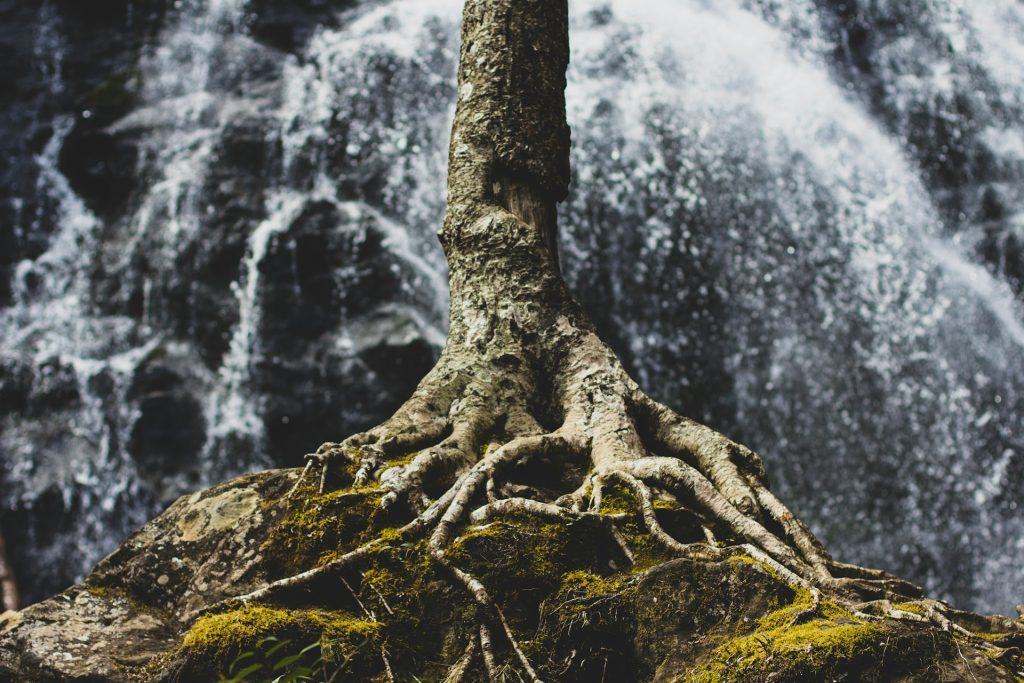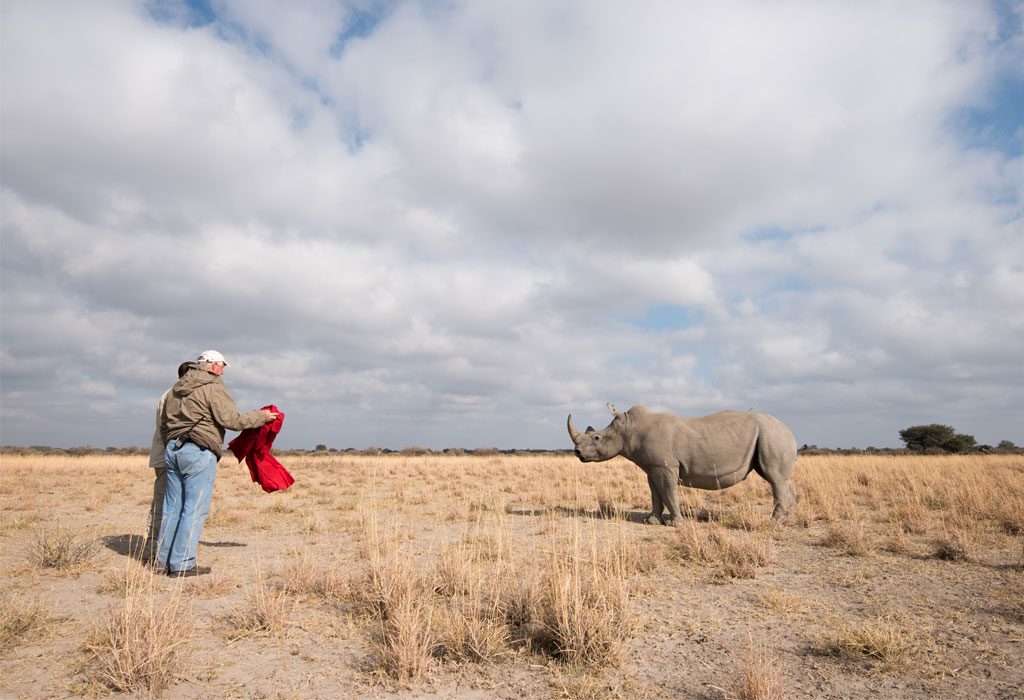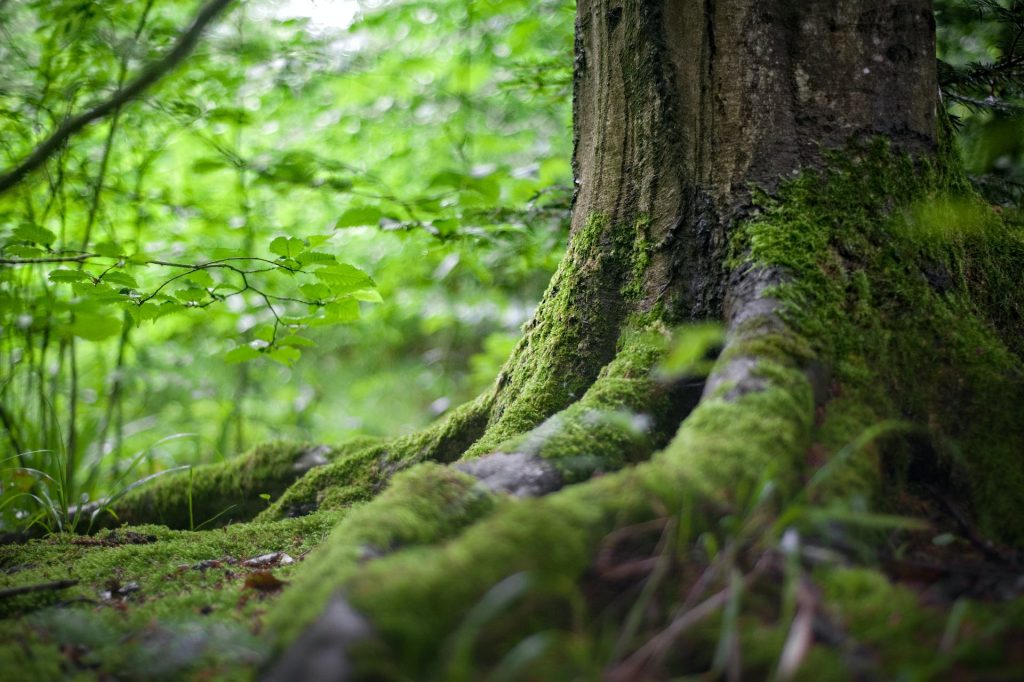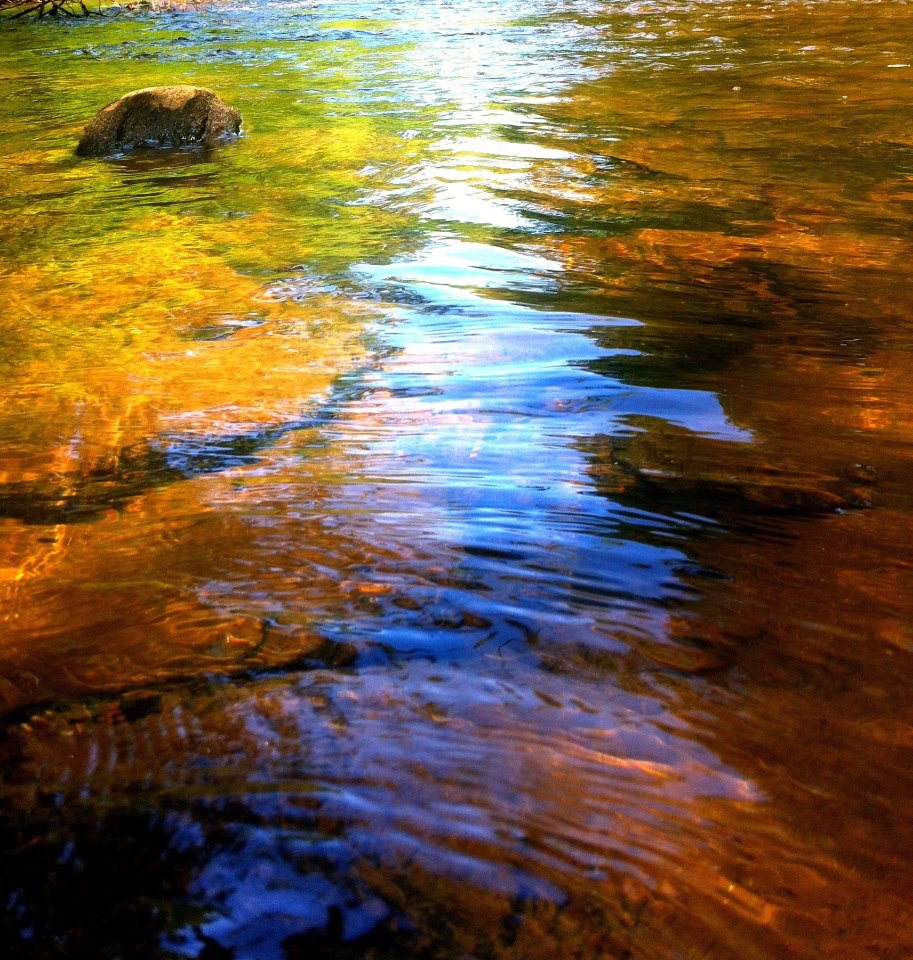The Potential of Grassroots Environmental Stewardship
The World Wildlife Fund’s (WWF) mission is “to stop the degradation of the Earth’s natural environment and to build a future in which humans live in harmony with nature….” In their Living Planet Report published in 2020, it is reported that global mammal, fish, bird and amphibian populations have declined by 68% in less than 50 years. Genetic degradation isn’t covered in the report.
The reality is that after 60 years at the forefront of conservation the WWF, and professional conservation in general, has failed to achieve their objective. Degradation of the natural environment, together with declines in genetic integrity across all species, resulting directly from environmentally hostile and destructive human activities, is both ubiquitous and of such severity as to suggest the distinct possibility that large animals in their natural habitats may be largely wiped out in coming decades.
Which is not to say that things might not have been worse without the efforts of conservation agencies, or that their failure to stem the tide of destruction is not to some extent understandable. Human numbers in my lifetime have gone from 2.5 billion to a staggering 8 billion, and in 2020 alone (notwithstanding COVID-19) births exceeded deaths by 80 million.
The approach to the unfolding catastrophe by conservation professionals appears to consist of what the medical profession might describe as symptomatic diagnosis and treatment. In other words, cause unknown and remedial treatment aimed at easing pain and symptoms—rather than eradicating underlying cause.
Carl Jung proposed that all human neurosis and psychosis stems from division from nature. And if Jung has it right, then does it not follow that in-depth understanding of the human condition that gives rise to environmental destruction, must precede and dictate remedial action? I’m not a psychologist but it would seem to me that division from Nature essentially triggers a loss of synchronicity between two distinct faculties of memory. The first of these being instinct and the second being reason.
Instinct can be defined as prenatal, genetic, evolutionary, or ancestral memory function. Reason is postnatal, experiential, or socially acquired memory function, and in Nature this dual memory function combines seamlessly to optimize survival prospects and transfer of advantageous genes. Division from Nature disrupts brain function synchronicity, resulting in suppression of instinct and elevated levels of dependence on or dominance of reason. Homo sapiens sapiens or wise wise Man is how we see ourselves. IQ is measured by reasoning ability alone. Instinct is generally seen as primitive if not superfluous.
What it amounts to is a muting of the guiding influence of an ancestral lineage that transcends species barriers—as a result of which we are disoriented and essentially lost. Domination of reason is also recognizable in the concept of dominion which in turn, is the soil in which the roots of private property lie buried, and out of which extends a spider’s web of dividing lines on maps that identify reason-based assumptions of superiority, and license to exploit and abuse our animal companions.
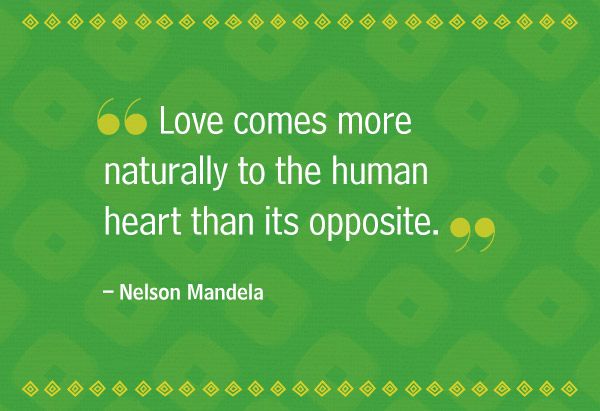 Nelson Mandela once said “…love comes more naturally to the human heart than its opposite.” It is so—for the simple reason that love is innate and derives from immutable genetic hardwiring or instinct. Dominion is the polar opposite of love. It is a socially acquired and consequently mutable worldview that, in the absence of counterbalancing instinct amounts to a reprehensible idea, passed on through childhood conditioning from one generation to the next. With symptoms known variously as a contest between good and evil; love and hate; male and female energy, or as an imbalance between reason and instinct—what is clear is the deep fracturing of the human psyche that springs directly from the tail of division from Nature.
Nelson Mandela once said “…love comes more naturally to the human heart than its opposite.” It is so—for the simple reason that love is innate and derives from immutable genetic hardwiring or instinct. Dominion is the polar opposite of love. It is a socially acquired and consequently mutable worldview that, in the absence of counterbalancing instinct amounts to a reprehensible idea, passed on through childhood conditioning from one generation to the next. With symptoms known variously as a contest between good and evil; love and hate; male and female energy, or as an imbalance between reason and instinct—what is clear is the deep fracturing of the human psyche that springs directly from the tail of division from Nature.
Exacerbating this altered state of consciousness and loss of balance, is a similarly debilitating condition that in the natural world promotes survival—but threatens survival when natural conditions are supplanted by artificial or virtual circumstances. What I’m alluding to is the inherently acquisitive nature of all primates. A monkey trap consists of a simple cage, baited with fruit and a hole in the top big enough to allow passage of the animals hand, but too small to allow withdrawal of hand clutching the fruit. Under such conditions greed overcomes reason and the monkey’s fate is sealed. And if a monkey will choose life at the end of a chain or death for the sake of a banana, then what chance do we humans have of moderating or abandoning our desire for houses, cars and smartphones? Material possessions we would literally die for—and almost certainly will.
Is there any hope? In the wake of COVID-19, coupled with increasing awareness of environmental destruction and climate change, is an emergent grassroots impulse to establish a new normal – and in that resides a glimmer of hope. Some years ago CapeNature (Western Cape Government) launched a highly successful land acquisition project called the Stewardship Programme. It offers incentives to land owners to make land available for conservation. These Contract Nature Reserves are designed to establish areas and inter-linked corridors of land to promote conservation—and it works.
To be a steward means to look after something. It also has a theological definition which means roughly the same thing: taking care of God’s work.
A slogan for the Stewardship Programme is “partnerships make it happen.” But what the CapeNature model lacks is a grassroots format – a united front whereby everyone (not just farmers) can become directly involved with conservation through various forms of collaboration.
This might include joint ownership of land for dual conservation and social purposes, with attendant recreational and residential (work from home) opportunities. A new normal where people can reconnect with Nature; partner with conservation professionals if necessary; work together to find ways of achieving harmony rather than conflict with Nature, and in doing so aspire to their true and full human potential. Healing the divisions of the past you might say—one barbed wire fence at a time.
As co-founder of an independent stewardship initiative some 20 years ago, that preceded the CapeNature model and successfully converted a 700 hectare commercial farm in the Cederberg area of the Western Cape to social and conservation purposes, my observations with respect to the potential of grassroots stewardship stem from hands-on experience. It’s a concept that has enormous potential for growth and facilitation of positive change. Despite which, professional conservation entities, sadly, tend to also conserve a preference for a top-down, leave-it-to-us-we-know-best approach and are resistant to unconventional ideas from outside the ranks of their profession.
Humans share a common ancestor with chimpanzees. All primates are highly intelligent and, just like us, their first response to anxiety, fear, and insecurity tends to be psychological denial. Held captive in a monkey trap, a primate’s life is often forfeited through its inability to accept the reality of its predicament. In the human domain it is frequently suggested that our relationship with Nature is “complex,” and it’s important to recognize that what lies behind this suggestion is denial, arising from an unwillingness or inability to accept the inconvenient truth of selfishness and obsessive need for materialistic gratification.
Grassroots stewardship might be described as the antithesis of the divide and conquer approach. It’s a holistic approach that seeks to unify the land and restore an ethical and respectful relationship between humans and all other life forms—in the context of ever-expanding farmlands, habitat destruction and genetic degradation that undermines the process of evolution itself.
There is no one-size-fits-all formula for stewardship projects and it is also not possible to touch on more than a few salient features in this essay. The Cederberg initiative referred to above was registered as a trust. Objective of the trust was to acquire land for social and conservation purposes. The 700 hectare farm acquired was on two titles which, in terms of compliance with agricultural zoning regulations, allowed for construction of 12 dwellings.
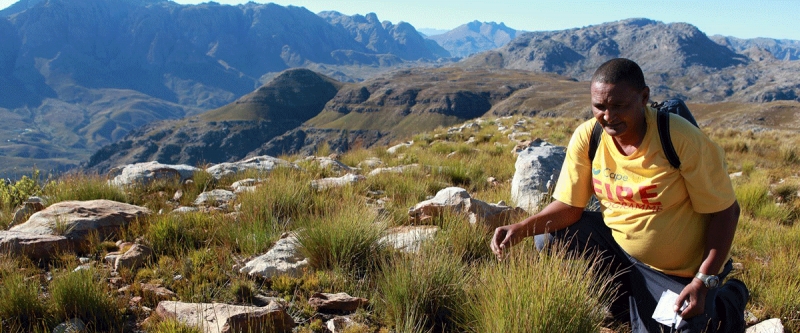
There were accordingly 12 beneficiaries who had access to the land as an undivided whole. Internal fencing was removed. Beneficiaries were allocated areas for their personal use and were entitled to build a house and establish a garden or practice micro farming if they chose to do so. Personal use could be recreational or permanent occupation at the entire discretion of the beneficiary.
These “plots” did not have separate title and on resignation by a beneficiary, immovable assets could be sold on but not the land occupied. In short, a moderation in terms of profit incentive, but full investment security and access through the power of partnership to a magnificent property abutting a wilderness area for a very modest and fully refundable contribution.
Obvious benefits to the natural environment aside, the participants in this project had few if any disadvantages in comparison to a more conventional “development” scheme. What they did have were several distinct and unique advantages—not least amongst which was becoming part of an exciting pioneering project, committed to positive social change and restoration of integrity with respect to humankind’s generally dysfunctional relationship with Nature.
Retaining the land as one undivided whole is perhaps the most fundamental requirement in any grassroots stewardship project. It is also possible in the Western Cape (through CapeNature) to rezone land as a Contract Nature Reserve. This secures the same protection status as a national park. Such rezoning in perpetuity means that the land is permanently safeguarded against usage for anything other than conservation purposes and, in the event of abutment with another conservation area, it opens the door for further unification and expansion of conservation land.
The term “economics” is defined in my dictionary as “a branch of knowledge concerned with the production, consumption, and transfer of wealth.” Arising as it does from a mind divided on itself and being also a product of socially acquired knowledge, largely devoid of counterbalancing wisdom and empathy, it is equally true to say that the business of economics is an anthropomorphic, supremacist, morally challenged branch of knowledge that views Nature as a commodity, composed of “resources” and “game” serving no purpose greater than consumerism and monetary profit.
Shaking off the spell cast by denial related to the destruction of 3.5 billion years of evolutionary progress and development (or what might equally be called God’s creation) and our collective complicity in that event, requires a long hard look in the mirror and conscious application of reason—followed by immediate and appropriate corrective action.
Prevailing economic models are neither ethical, immutable nor sacrosanct. Stewardship represents a viable and immediate means of expanding conservation areas. It affords the opportunity for people, at their own pace and discretion, to adopt simpler, less materialistic lifestyles, and to acquire more responsible attitudes and values. It represents a starting point for progressive social restructuring and a means of healing our broken relationship with Nature.
Grassroots stewardship is not only viable but offers ordinary people an extraordinary opportunity to “be the change you want to see in the world,” as Gandhi once proposed. It’s the right thing to do. It provides sanctuary for our animal companions. It makes you feel good about yourself; makes the ancestors happy, and it’s a giant leap forward with respect to transcending good intentions, and actually accomplishing a world in which humans live in harmony with Nature. It can be done and if ever there was a time to engage our allegedly superior faculties of reason and partner for change then that time is now!



